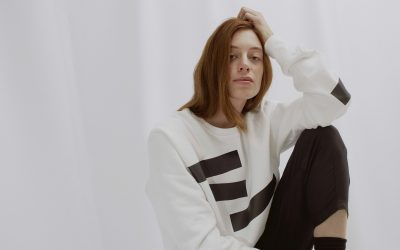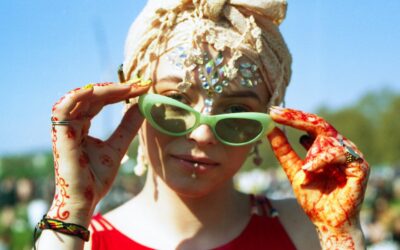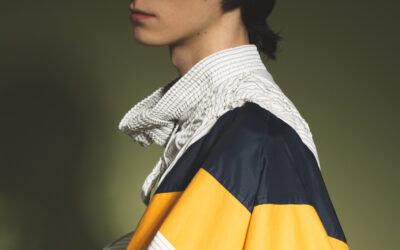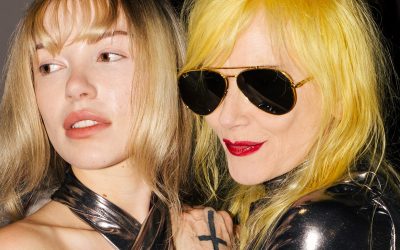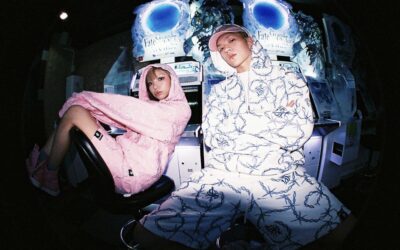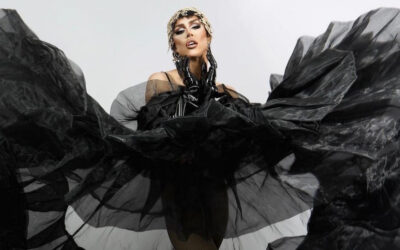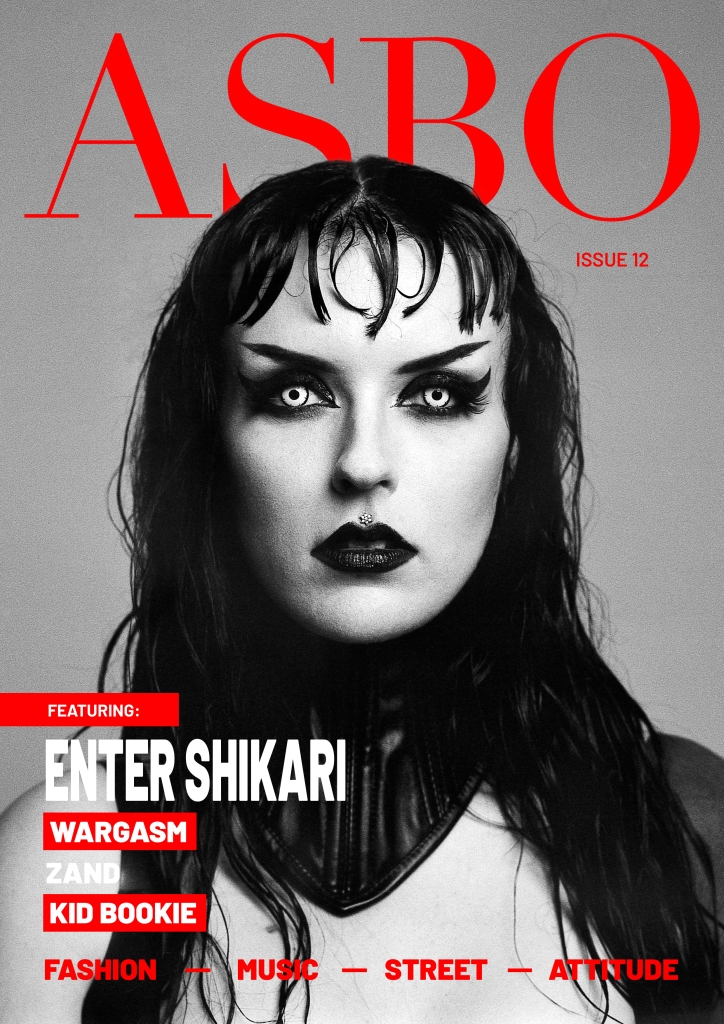
Name: Melissa Valdés Duque
Age: 21
University: Colegiatura Colombiana
Course: BA Fashion Design
Describe Your Design Aesthetic In 3 Words? Transgressive, Reflective, Manual
What message or story do your designs portray?
During the quarantine, a friend decides to take his own life as depression and isolation led him to make this decision. After this moment of pain and reflection, I decide to start the search for 7 stories close to my environment. MENTAL VESTIGES is a personification of the mental sequels lived during the confinement, where the fears and events mark a great struggle in our mind, a personification of the monsters that are created in the subconscious and become part of a new collective life, where we protect the body but old internal monsters come out. Through the narration of 7 life stories, 7 monsters are personified: social isolation, collective panic, death, physical contact, confinement, loneliness and death. Reflecting the importance of mental health during confinement where we all as a society converge internally great struggles, not only family, economic or social but also personal, and with our minds.
The texture represents the porosity, the skin and the abstract of an imaginary being that is in our mind like a monster. 8 meters of leather sculpted with shoe glue was used for the creative process, the elaboration of the piece was made with 5000 glass beads, resulting in a piece of approximately 24 kilograms.
What is one career aspiration that you’d most like to achieve?
To achieve that my pieces can have a history that moves the fibres of society, and become a set between fashion and reflection through my personal brand. A quest to tell the stories that I find in my way and to communicate them through my manual art. Making the message reach different corners of the earth.
What do you think is the biggest issue facing the fashion industry today?
I think they are several. Consuming without thinking about the social and environmental commitment we have and the unequal treatment that exists with the production chain. In addition to this, the little awareness we have as creators and consumers in many cases by how quickly the industry advances.
One of the problems of the Latin American industry is the lack of appreciation for conceptual fashion and the value that exists behind it. The lack of opportunities for emerging designers continues to make our industry more commercial and less diverse and inclusive.
How do you think the pandemic is going to change the way we consume fashion?
The pandemic exacerbated existing problems from economic to social. However, it also generated in us a change of mentality, it led us to be more reflective with the way and with what we consume. People are looking to ‘save more’ and rethink what they already have in order to give a second life to the clothes or objects they already own.
More than ever we will ask ourselves if we really need what we see in the stores or if it is simply an idea that is being sold to us out of necessity. The pandemic has changed us not only from the way we consume, but also from the way we produce fashion, since every time consumers will opt for a slow, local and more environmentally responsible fashion. It also reaffirms the importance of new strategies to reach the consumer with technology.
The pandemic becomes a call for designer’s awareness of the moral responsibilities of their practice and the need for a new social approach to design projects. It changed the way design was connected to issues such as climate change, social inequality, economic development and innovation.

How is your concept design going to translate to something people can wear in everyday life?
Designing implies a creative activity that explores the frontiers between beauty and functionality and concentrates multiple facets and horizons in the processes of thought. The constant conceptual and creative search for design contributes to inventing new ways of understanding, taking advantage of, caring for and inserting the heritage inherited from the different regions of my country.
The conceptual is translated to the feasibility of the use of the pieces in the day to day. My objective is to create treasures of value that work like daily part in the life of the people but with a special character from the materials, forms and used techniques, without leaving the conceptual side but taken to a world where the materialization is possible – the commercial one.
What has been your biggest inspiration to create fashion?
My greatest inspiration is to be able to take my creative exercise beyond the banal and aesthetic, and to be able to reaffirm through design that fashion is the instrument that serves us to speak and tell the stories or facts that happen in our contexts.
During my career, my greatest inspiration has always been to put myself in the role of the other and portray the stories of my country, in order to keep the memories of the conflict and Colombian stories and experiences among the threads, transgressing with textures and forms the stories to the fabrics and materials that give life to fashion and the ideas of our mind.
Where do you see yourself in 5 years time?
In 5 years, I see myself with my conceptual brand, reaching many people who identify with it through what I narrate. Taking the world of fashion beyond the aesthetic and turning my pieces into something manual and innovative that includes technology and welfare in its creation.
To be able to create and be a platform from which one seeks to decipher and make sense of complex problems in society in order to approach more specific solutions, recognising the value of listening to local voices and promoting collaborative work with different artisan communities that, from their knowledge, promote conceptual design in my fashion product, converting the pieces from the local to the global.
Words: Sophie Roberts


